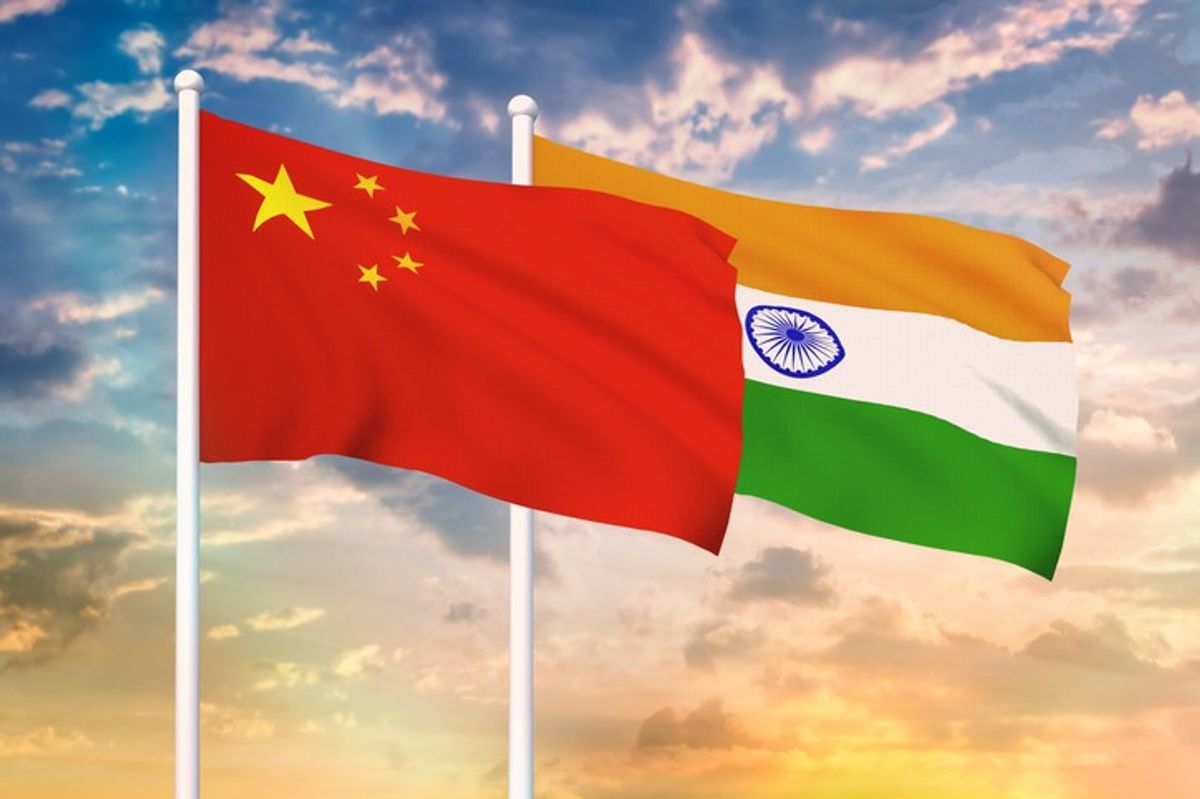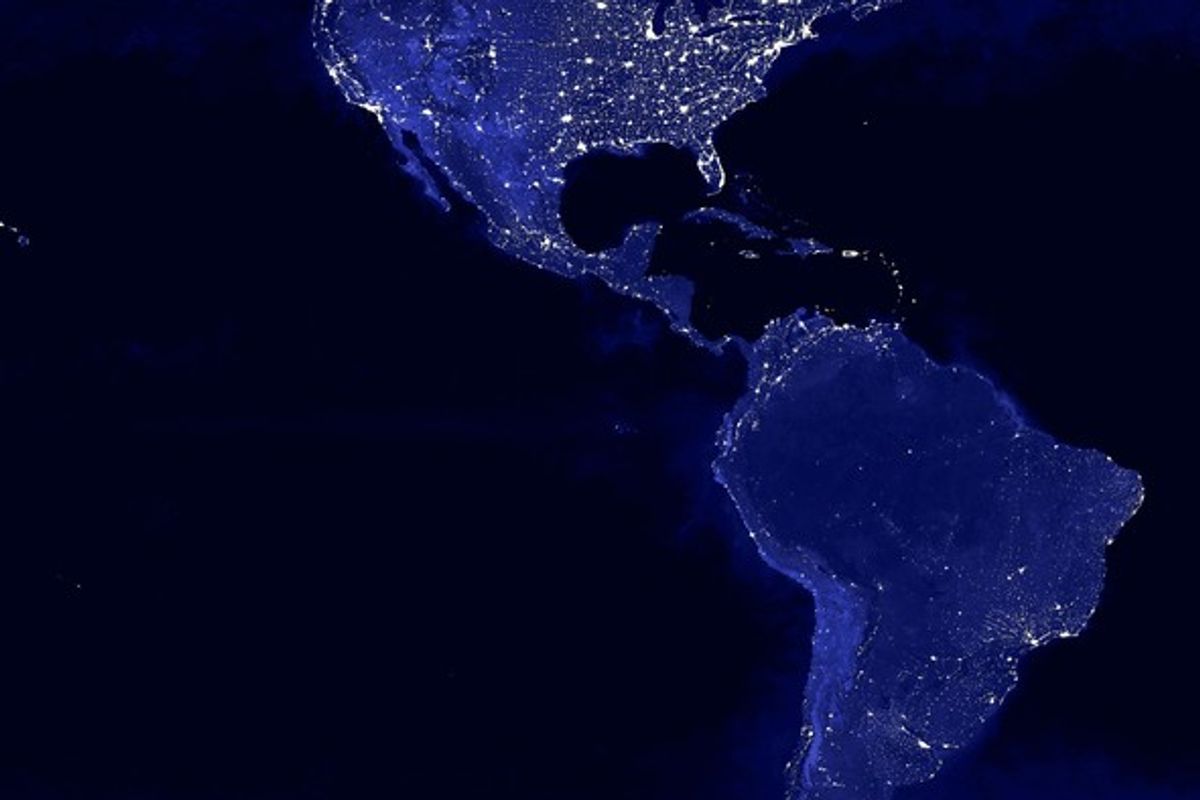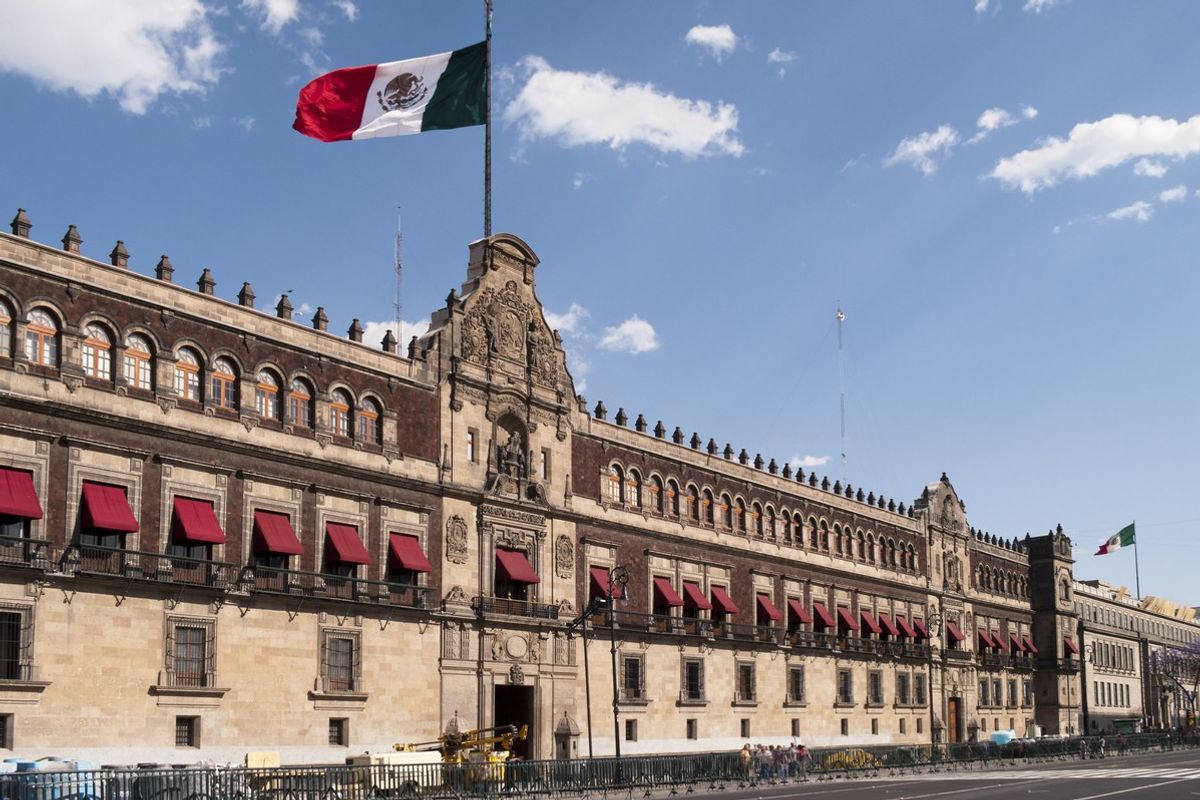Mexico was ranked the most-worsened country this year on the Fund for Peace's Fragile States Index (FSI), tying with Ethiopia for the bottom spot. Although Mexico has long faced violence, corruption, and organized crime, these problems all worsened during the past year, countering a decade-long trend of increasing stability there. The Cipher Brief’s Kaitlin Lavinder asked Eric Olson, the deputy director of the Wilson Center’s Latin American program and senior advisor to its Mexico Institute, what explains this drop in stability, and whether uncertainty over Trump Administration policy has anything to do with it.
The Cipher Brief: Why did Mexico worsen so drastically this year on the Fragile States Index?
Eric Olson: It’s a combination of things. It’s a serious uptick in violence tied to renewed conflicts between criminal organizations in the country. Separate, but related, Mexico had several major corruption scandals at the state level involving governors and former governors. That also showed the serious institutional weakness at the state and local levels. It’s not like that was unknown before, but really the extent of it was pretty shocking.
TCB: Could that be a positive sign – that these corruption scandals came to light?
Olson: That’s one way of thinking about it if one thought they were going to lead to major improvements, but what it revealed was the extensive nature of corruption at that level and that it was happening under everybody’s noses, and people were either aware and looked away or simply put their heads in the sand. The message could be spun in a positive way, but overall what people see is a confirmation of the weakness that exists particularly at the state and local levels. There are other instances of corruption that include federal forces as well, including in the presidency over the last two or three years. All those things together make people wary.
The third thing is the uncertainty in the U.S.-Mexico relationship that crept in during and after the 2016 U.S. election. Candidate, and now President, [Donald] Trump’s statements about Mexico were very unsettling. In some ways, what has contributed to making Mexico an economically stable and successful country has been its close ties to the U.S. – and that relationship has strengthened, deepened, and broadened in recent years. Then suddenly, that’s thrown into question with Trump’s demands to renegotiate the free trade relationship, and promises to build a wall that Mexico would be forced to pay for. So uncertainty about the future of the relationship was reintroduced and Mexico’s currency and economy took a significant hit as a result – the peso fell over 20 percent [after Trump was elected]. That actually is beginning to turn around now. People are feeling a little more confident. But no doubt that throughout most of 2016 it was an issue.
TCB: You mentioned a serious uptick in violence in Mexico over the past year – why?
Olson: It shouldn’t be that surprising – Mexico has had ups and downs in its homicide rate. But the height of homicides in 2011 had come down in a significant way, and so for homicides to spike again is deeply troubling and unsettling. You’d have to look at each individual case and place where homicides have spiked to understand the various explanations. Most have to do with renewed conflicts between criminal organizations, especially centering around the Sinaloa Cartel and its future.
One of the dramatic things that happened last year was the arrest, then escape, re-arrest and extradition of [Joaquín] “El Chapo” Guzmán to the United States. It’s quite interesting that homicides didn’t actually go up when he was arrested; it was after he escaped and then was re-arrested that homicides went up dramatically. The thinking there is that he maintained control of his criminal network during his initial arrest, but was losing control after his re-arrest and extradition, leading to renewed internal competition between factions of the Sinaloa Cartel, one of which is led by his own son, and another by the son of another leader of a criminal organization. The second factor is that in the midst of the instability within the Sinaloa Cartel, another major criminal organization – the Cartel de Jalisco Nuevo Generación – has started to challenge the Sinaloa organization for control of different areas, creating more violence.
The third element is that we see some shifts in the drug market in the United States. We see more and more demand for heroin. Roughly 80 percent of heroine supplied to the U.S. now comes from Mexico. We’ve seen a real uptick in methamphetamine trafficking with laboratories in the Sinaloa and Colima area. Colima is the smallest state by population in Mexico and yet last year had the highest homicide rate. What is that about? Part of it is that it includes the port city of Mazatlán, which is the largest commercial port. There’s a huge amount of precursor chemicals coming through Mazatlán and the port of Lázaro Cárdenas, and roads from these major port cities join up in Colima on the way to Guadalajara and north to the U.S. border converting Colima into a battleground. So the simple answer is that the increase in homicides is due, in part, to the shifting criminal landscape.
And then you have a place like Veracruz that’s experiencing an extreme uptick in violence right now, and that’s partly because there’s a vacuum of any kind of leadership there – criminal or political – because that’s one of the states where an apparently very corrupt governor [former Veracruz Governor Javier Duarte] cut deals with criminal organizations while also allegedly pillaging the state coffers. He fled but was eventually found in Guatemala, and Mexico is seeking his extradition.
TCB: You said part of Mexico’s stability comes from close ties with the United States but part of its instability also comes from those close ties – the drug demand going north and weapons sales going south – so how much responsibility does the U.S. have in helping stabilize Mexico by curbing its own internal drug demand?
Olson: The United States shares a lot of responsibility. Drug demand is one issue; but controlling or disrupting the illegal trafficking of firearms to Mexico is another huge issue. All of this revolves to some extent around illicit financing. The main market is in the United States. The U.S. generates all kinds of illicit money, and that’s being laundered through the U.S. financial and other systems, and the U.S. has a responsibility for that as well. There’s multiple ways in which the U.S. could do more at home that would definitely help Mexico.
But the focus tends to be the other way around. We tend to want to address the problem of illicit drugs in the region and are less convincing when it comes to the home front.
TCB: Do you think that’s the tendency of the Trump Administration, to view the issue as mostly emanating from Mexico?
Olson: It’s a little bit too early to say for sure. We can evaluate that better in about six months. But Secretary [of Homeland Security John] Kelly, former general and commander of SOUTHCOM [U.S. Southern Command], is well aware of the problems related to illicit drugs and drug trafficking. He often speaks about the U.S. needing to do more to reduce demand. They say the right things. I have yet to see an investment in those things in the United States. Secretary Kelly doesn’t have the authority to deal with problems related to drug consumption. His policy brief is really more at the border and with relation to migration and internal enforcement, not so much with illicit drugs.
TCB: How effective is U.S.-Mexico security cooperation, mainly through the Merida Initiative, the partnership between the U.S. and Mexico to fight organized crime and associated violence?
Olson: It’s a pretty small program compared to the amount of money the U.S. has been giving to Central America and Colombia. And it’s a pittance compared to other regions of the world. Its value is not so tied to the amount, the dollars and cents of it. The value is the level of collaboration and cooperation at the operational level and at the intelligence-sharing level, which is not really measured in dollars and cents as part of the Merida Initiative. That is why there was so much concern initially when President Trump said what he did about Mexicans, some negative things about the Mexican military, etc. because there was the worry that the aspect of trust and collaboration was going to be put at risk. It seems that it has not ultimately been put at risk – the U.S. and Mexican militaries continue to work in a collaborative way, and there’s still intelligence-sharing going on.
But he [Trump] said again today [July 7] that he still wants Mexico to pay for the wall, and for Mexicans, that’s kind of a nonstarter. They’ve learned to live with that rhetoric, let it roll off their backs. But if the U.S. and President Trump and the U.S. Congress insist that Mexico pays for this through some kind of taxation program, for example, it could put at risk the kind of security collaboration that is valued by both sides.
TCB: Were there any other signals from Trump’s meeting with Mexican President Enrique Peña Nieto today [July 7] to show how this relationship is going to be moving forward?
Olson: It was a friendly meeting. The focus was really on NAFTA [the North Atlantic Free Trade Agreement] and the feeling that the questions around NAFTA, the renegotiation of NAFTA, were progressing in a good way. So in a sense, that was all positive.
TCB: Do you have any final thoughts on Mexico’s current state of stability and how that impacts U.S. security?
Olson: The U.S. has always recognized that U.S. safety and security and stability rests in no small measure on the security and stability of Mexico. While I’m not sure I agree with the assessments of the Fragile States Index, what it does point to is Mexico has some very serious problems, in terms of capacity and issues around corruption, and that it’s urgent that the Mexicans deal with it, but also that the U.S. be positively engaged with Mexico on these issues.
Mexico has a presidential election a year from now, and if things continue the way they are, where people are frustrated, disappointed, unhappy, there could be election results that are not to the liking of the United States. It could result in a very anti-American election. That could further exacerbate the issues between the two countries.











